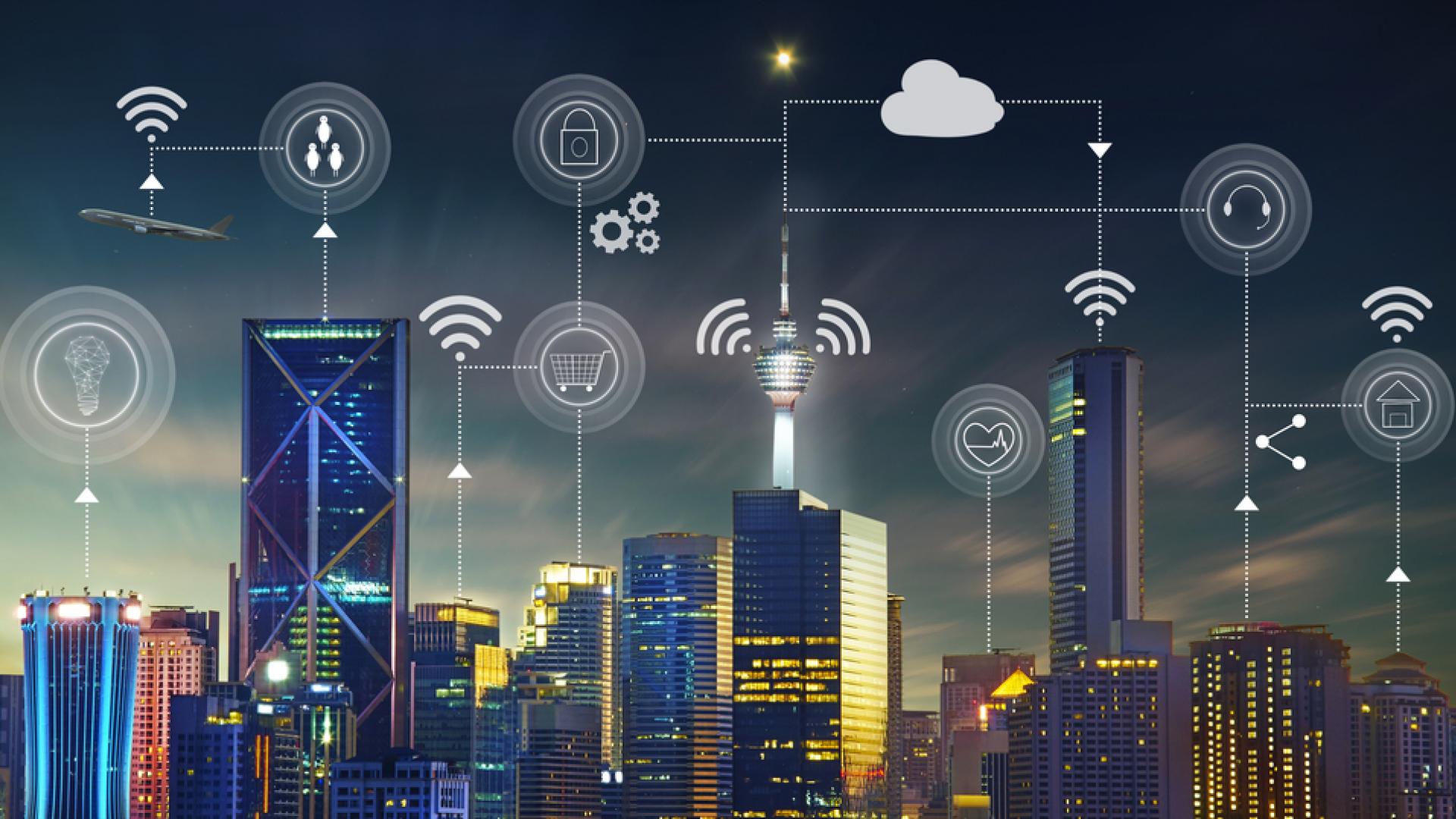Infrastructure has several meanings depends on the term of context used in. in terms of utility and facility functional operations, the infrastructure represents the underground and aboveground cables and pipes networks supported with all related assets. While civil engineers concerned with other urban area service functions such as road networks, bridges, train/bus stations, schools, hospitals, universities and other public services.
The conventional infrastructure networks are composed of main and major assets connected to pipes or feeders. Thomas C. O’Reilly et al. (2001) define the majority of these assets are not talking each other and have very limited control and monitor operational functionalities. The primary concept of establishing the digital infrastructure networks is to distribute a sufficient number of sensors that meet the needed level of assets connectivity and control. Thomas et al. 2001, debates the smart concept of network of infrastructure for the ocean observing system. The debated concept deal with the network observation platforms and sensors deployed over a wide geographic area, distributed throughout the oceanic water column. The network utilizes a variety of communication links, including optical fiber, microwave, packet radio, satellite, and acoustic, resulting in diversity of throughput, latency, and intermittence throughout the network. The network membership is highly dynamic and unpredictable, as links go “up” and “down”, and devices are added to and removed from the network. Read full article..
